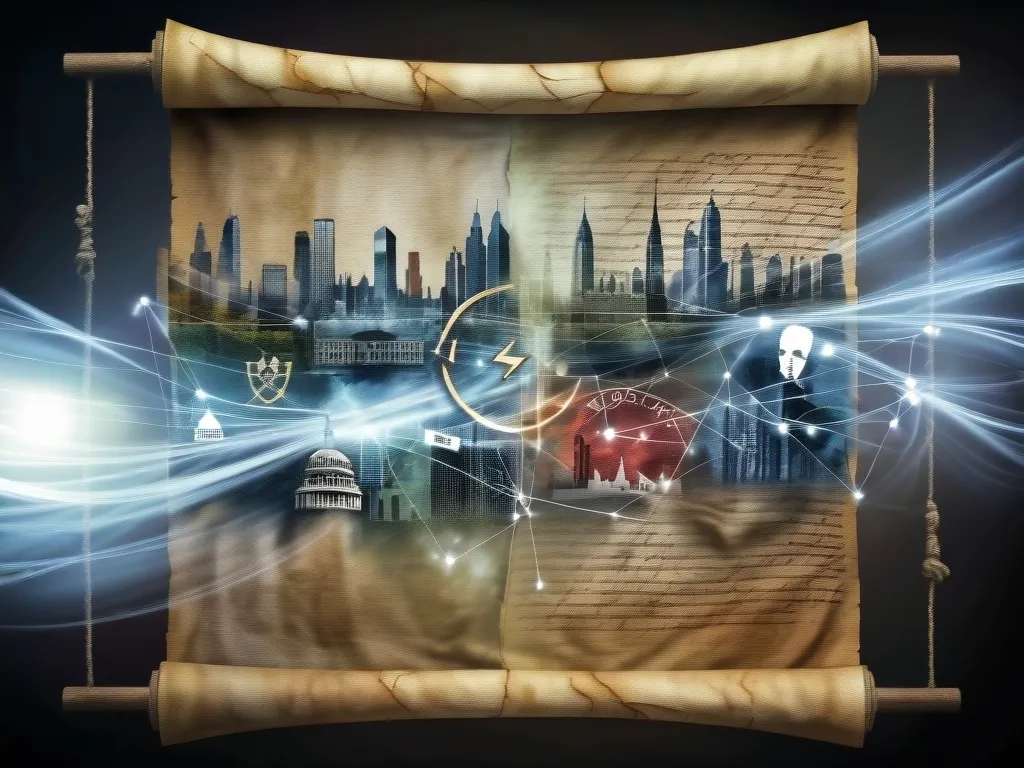Lactose intolerance is pretty common and honestly, kind of a drag. It’s when your body can’t digest lactose, which is the sugar in milk and dairy products. The main culprit here is the small intestine not making enough lactase, the enzyme that deals with lactose. Without enough lactase, lactose just sits in your colon where bacteria have a field day, causing all sorts of uncomfortable symptoms.
One of the most obvious signs of lactose intolerance is that dreaded bloating. You know, that feeling when your stomach feels like it’s going to explode and you feel swollen? It’s usually paired with gas, which can be both painful and embarrassing. Imagine your stomach making those loud, rumbling noises right in the middle of an important meeting. Ugh!
Nausea and vomiting are other telltale signs. These can hit you soon after you’ve had some dairy and can be pretty overwhelming. The degree of nausea can vary; some people might just feel a bit queasy, while others could find themselves throwing up. All this depends on how much lactose you’ve had and how sensitive your body is.
Then there are stomach cramps and pain. These can range from just a little uncomfortable to seriously painful and can totally ruin your day. The cramps generally settle in the lower abdomen and often come with bloating and gas.
Diarrhea is another symptom that’s super common and disruptive. This happens because undigested lactose pulls water into your colon, resulting in loose, watery stools. Nobody needs that kind of interruption in their daily life.
What’s interesting is that the intensity of these symptoms can differ from person to person. Some people might only deal with mild symptoms after having a small amount of lactose, while others could have severe reactions even from tiny amounts. It really depends on how much lactase their body can produce and how much lactose they’ve consumed.
It usually takes about 30 minutes to two hours for symptoms to kick in after you’ve eaten lactose-packed stuff. That’s because it takes some time for undigested lactose to make its way down to the colon. In some cases, you might not feel anything until a day or two later, which is why it’s useful to jot down what you eat and when you notice symptoms.
It’s important not to confuse lactose intolerance with a milk allergy. A milk allergy is when your immune system has a reaction to one or more proteins in milk and it can cause all sorts of symptoms like skin rashes and respiratory issues, even life-threatening reactions. Lactose intolerance, on the other hand, is just your digestive system being tricky because it can’t break down lactose.
The condition is widespread and tends to affect people from different ethnic backgrounds in varying degrees. For example, folks from African, Asian, Hispanic, and Native American backgrounds are more likely to develop lactose intolerance. That’s because many people in these groups naturally produce less lactase as they get older.
There are different forms of lactose intolerance. The most common one is primary lactose intolerance, where your body gradually stops making lactase as you age. Secondary lactose intolerance happens because of damage to the small intestine from diseases like celiac disease or Crohn’s disease, or from infections and injuries. Congenital lactose intolerance is a rare form where you’re born with little to no lactase production. Then there’s developmental lactose intolerance which can occur in premature babies whose small intestines aren’t fully developed.
Dealing with lactose intolerance often means making some changes to your diet. A lot of people find that they can handle small amounts of lactose without too much trouble. It’s all about experimenting with different dairy products to figure out what your body can tolerate. For example, some people might be fine with yogurt or hard cheeses but have issues with milk or soft cheeses.
Lactose-free or lactose-reduced dairy products are a great option. These have had the lactose removed or have added lactase to help with digestion. There are also lactase enzyme supplements available that you can take before eating dairy to help break down lactose.
Keeping a food diary can be super helpful in tracking which foods cause symptoms and how severe they are. This can guide you in making smarter dietary choices and dodging foods that trigger discomfort.
So, if you’re dealing with lactose intolerance, you’re not alone and it’s totally manageable. A few tweaks to your diet and perhaps some supplements can go a long way in making life a lot more comfortable. Understanding the symptoms and figuring out a plan to manage them can really improve your quality of life.






